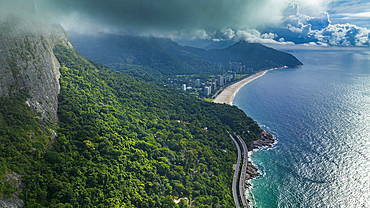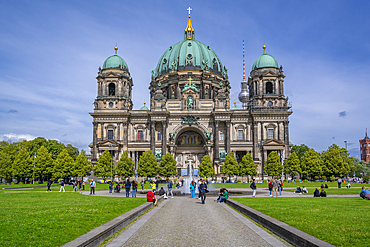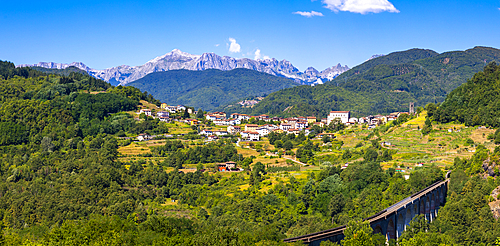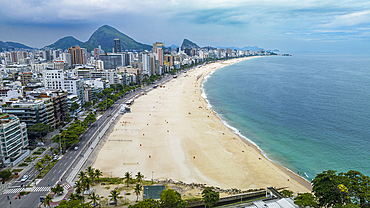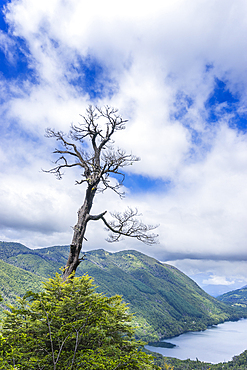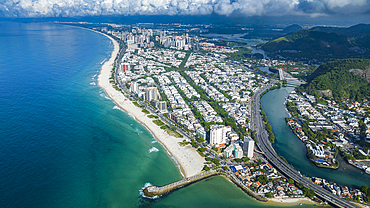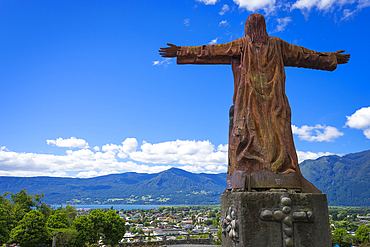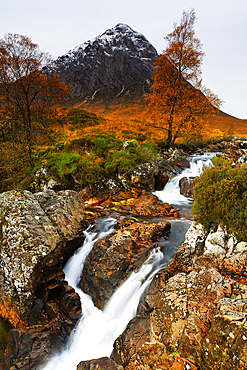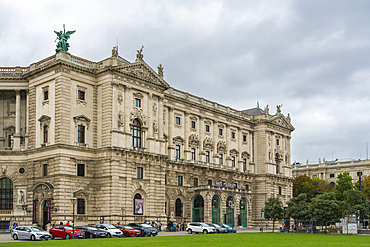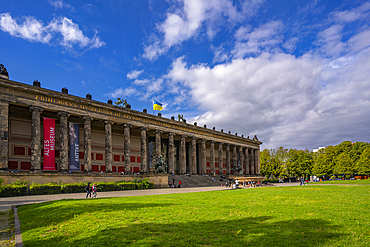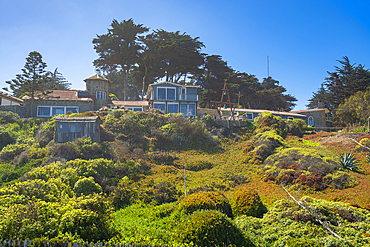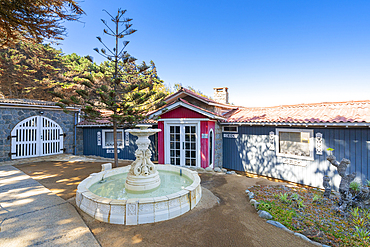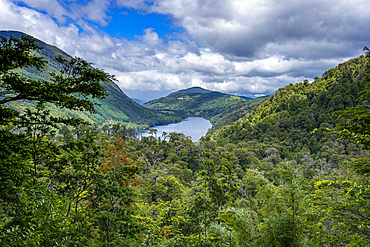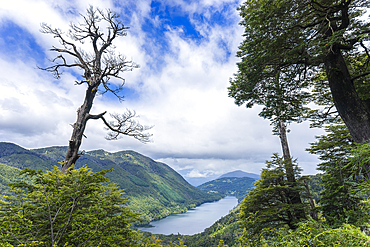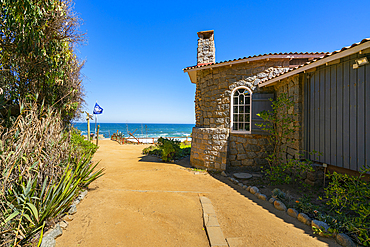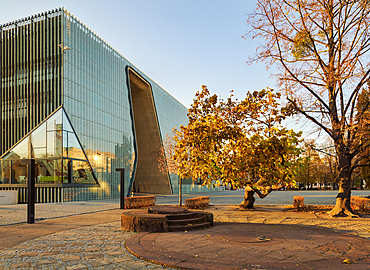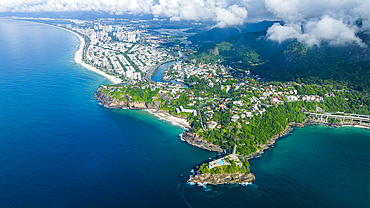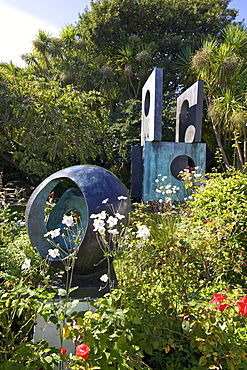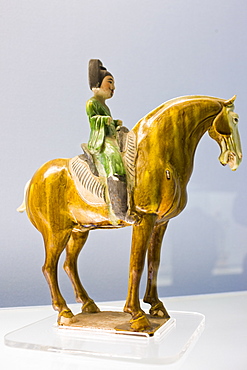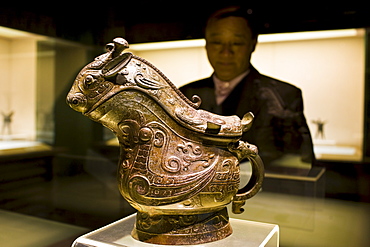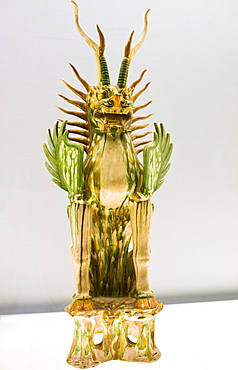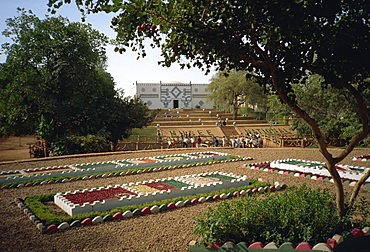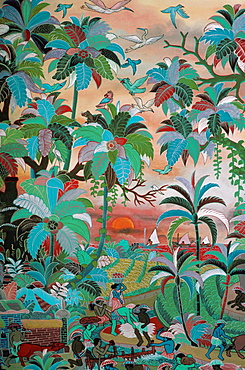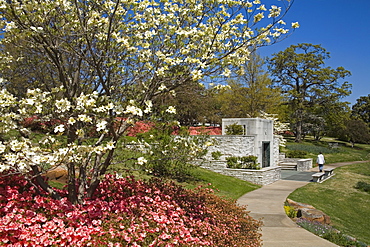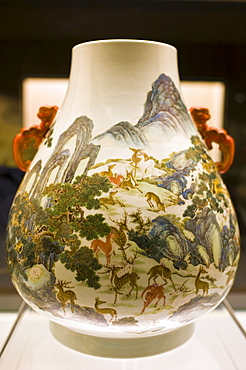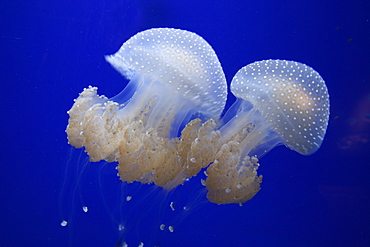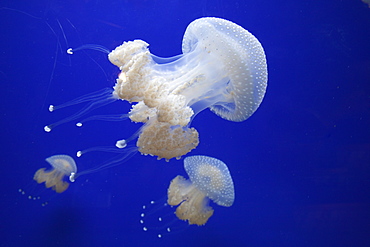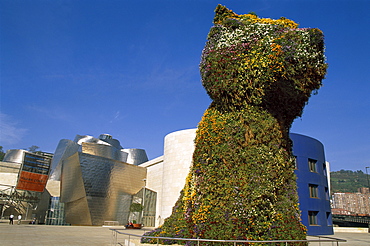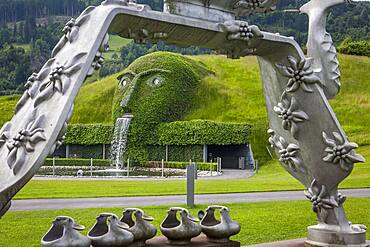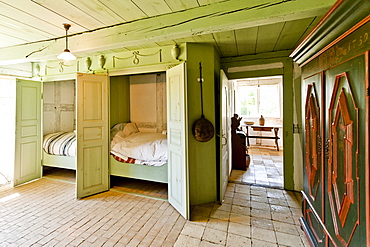Results
« Previous 1 … 4 5 6
561 results found

Mountains at dawn above Nordfjorden in Oldedalen Valley, near Olden, Vestland, Norway, Scandinavia, Europe
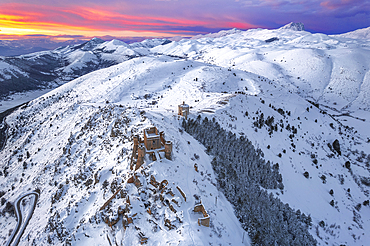
Aerial winter view of the snow covered Rocca Calascio castle and church of Santa Maria della Pieta,�with pink clouds at sunset, Rocca Calascio, Gran Sasso e Monti della Laga National Park, Campo Imperatore, L'Aquila province, Abruzzo, Italy, Europe

El Fuerte de Samaipata, Pre-Columbian archaeological site, UNESCO World Heritage Site, Santa Cruz department, Bolivia, South America

Wooden boardwalk leading to area of barren trees affected by fire, near Refugio Paine Grande, Torres del Paine National Park, Patagonia, Chile, South America
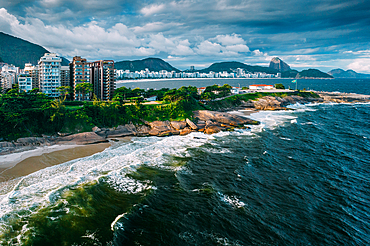
Aerial drone view of Arpoador section of Ipanema Beach with Copacabana and Sugarloaf Mountain visible in the background, Rio de Janeiro, Brazil, South America
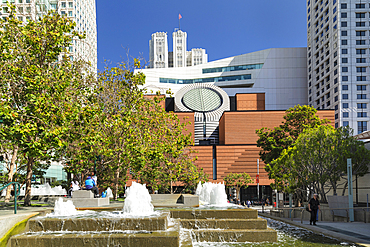
Museum of Modern Art, architect Mario Botta, San Francisco, California, United States of America, North America
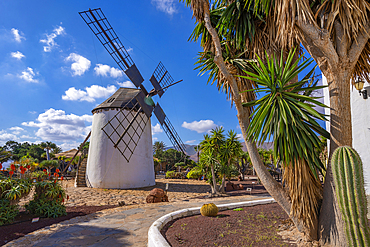
View of traditional windmill, Museum (Museo) del Queso Majorero, Antigua, Fuerteventura, Canary Islands, Spain, Atlantic, Europe
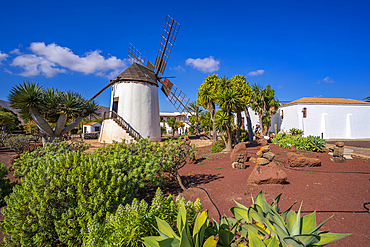
View of traditional windmill, Museum (Museo) del Queso Majorero, Antigua, Fuerteventura, Canary Islands, Spain, Atlantic, Europe

Sligachan Old Bridge and Cuillin Hills, Isle of Skye, Inner Hebrides, Scotland, United Kingdom, Europe
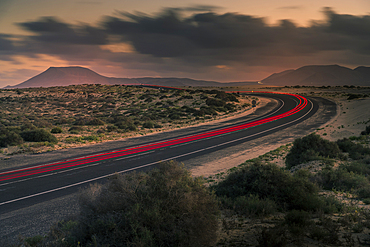
View of trail lights, sand dunes and mountains at dusk, Corralejo Natural Park, Fuerteventura, Canary Islands, Spain, Atlantic, Europe
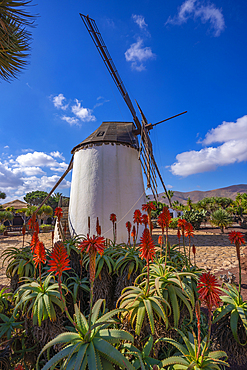
View of traditional windmill, Museum (Museo) del Queso Majorero, Antigua, Fuerteventura, Canary Islands, Spain, Atlantic, Europe

La Chascona, Pablo Neruda Museum and house where he lived, Barrio Bellavista, Providencia, Santiago, Santiago Province, Santiago Metropolitan Region, Chile, South America
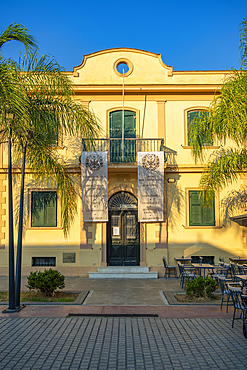
View of museum in Argostoli, capital of Cephalonia, Argostolion, Kefalonia, Ionian Islands, Greek Islands, Greece, Europe

La Chascona, Pablo Neruda Museum and house where he lived, Barrio Bellavista, Providencia, Santiago, Santiago Province, Santiago Metropolitan Region, Chile, South America
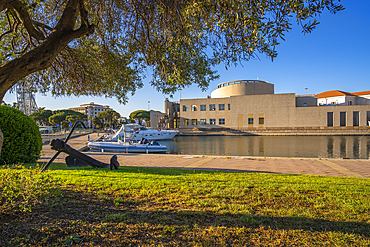
View of Archaeological Museum of Olbia and harbour boats on sunny day on Olbia, Olbia, Sardinia, Italy, Mediterranean, Europe

Mountains at dawn above Nordfjorden in Oldedalen Valley, near Olden, Vestland, Norway, Scandinavia, Europe
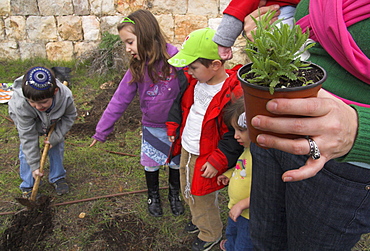
Young boy digging the soil as siblings watch and mother holds seedling pot during Tu Bishvat, Jewish Festival of Trees, Museum of Nature, Jerusalem, Israel, Middle East
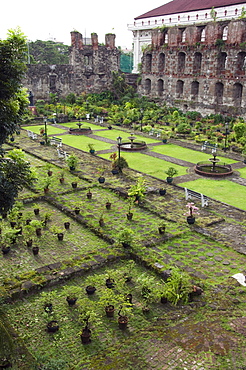
Ornamental garden of San Agustin church and museum dating from between 1587 and 1606, the oldest church in the Philippines, UNESCO World Heritage Site, Intramuros Spanish Colonial District, Manila, Philippines, Southeast Asia, Asia
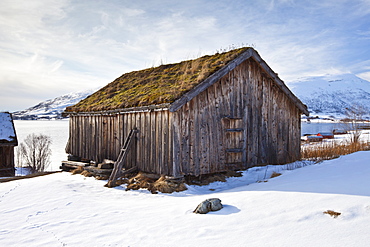
Straumengard Museum in log cabin at Straumsfjord on Kvaloya Island near Tromso in Arctic Circle Northern Norway
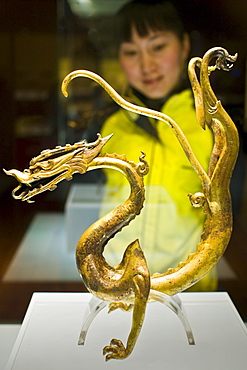
Visitor look at a Chinese dragon ornament on display in glass case in the Shaanxi History Museum, Xian, China
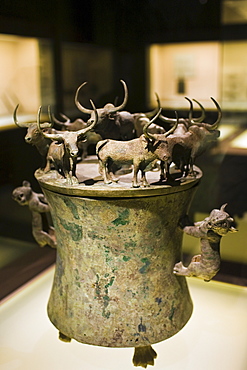
Bronze Han Dynasty cowrie container with yaks and lion decorations, on display in the Shanghai Museum, China

Great horned owl (Bubo virginianus) in captivity, Arizona Sonora Desert Museum, Tucson, Arizona, United States of America, North America
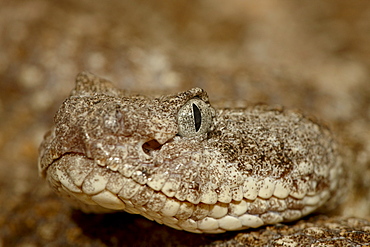
Speckled rattlesnake (Crotalus mitchellii) in captivity, Arizona Sonora Desert Museum, Tucson, Arizona, United States of America, North America
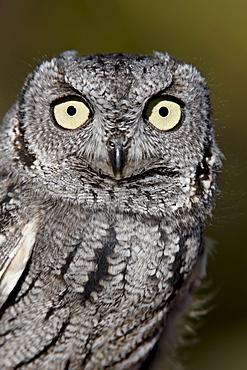
Western screech-owl (Megascops kennicottii) in captivity, Arizona Sonora Desert Museum, Tucson, Arizona, United States of America, North America

Speckled rattlesnake (Crotalus mitchellii) in captivity, Arizona Sonora Desert Museum, Tucson, Arizona, United States of America, North America
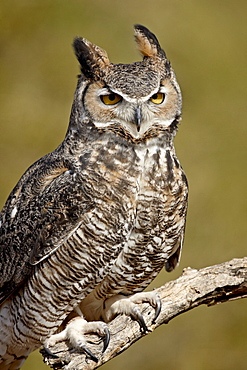
Great horned owl (Bubo virginianus) in captivity, Arizona Sonora Desert Museum, Tucson, Arizona, United States of America, North America
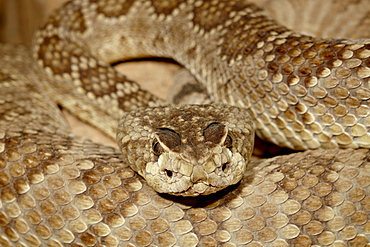
Mojave rattlesnake (Mohave Rattlesnake) (Mojave Diamond Rattlesnake) (Desert Diamond Back) (Crotalus scutulatus) in captivity, Arizona Sonora Desert Museum, Tucson, Arizona, United States of America, North America

Hypomelanistic Western diamond-back rattlesnake (Western diamondback rattlesnake) (Crotalus atrox) in captivity, Arizona Sonora Desert Museum, Tucson, Arizona, United States of America, North America
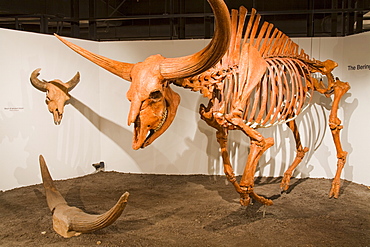
Giant bison skeleton in the Museum of Natural History and Science, Cincinnati Museum Center at Union Terminal, Cincinnati, Ohio, United States of America, North America
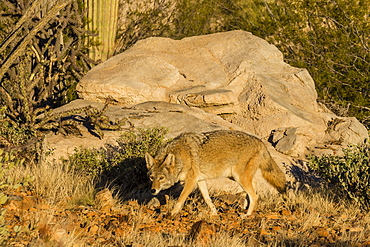
Adult captive coyote (Canis latrans) at the Arizona Sonora Desert Museum, Tucson, Arizona, United States of America, North America
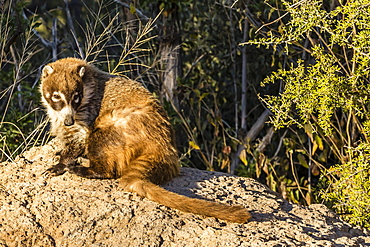
Adult captive coatimundi (Nasua nasua) at the Arizona Sonora Desert Museum, Tucson, Arizona, United States of America, North America
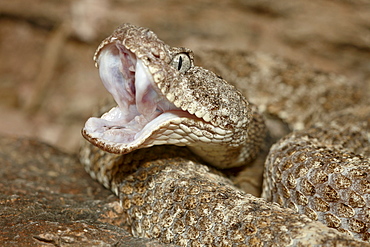
Speckled rattlesnake (Crotalus mitchellii) in captivity, Arizona Sonora Desert Museum, Tucson, Arizona, United States of America, North America
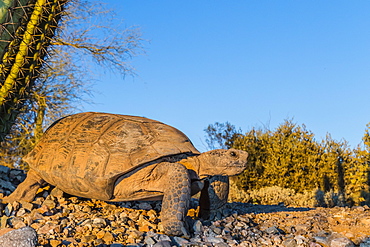
Adult captive desert tortoise (Gopherus agassizii) at sunset at the Arizona Sonora Desert Museum, Tucson, Arizona, United States of America, North America
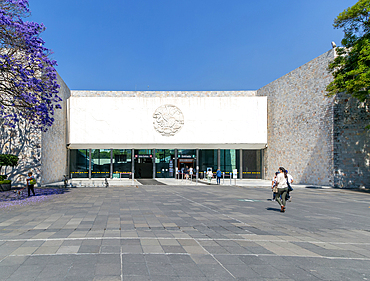
Exterior of the National Anthropology Museum, Museo Nacional de Antropología, Mexico City, Mexico, North America

Young girl planting a seedling tree during Tu Bishvat, Jewish Festival of Trees, Museum of Nature, Jerusalem, Israel, Middle East
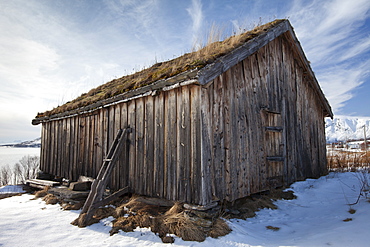
Straumengard Museum in log cabin at Straumsfjord on Kvaloya Island near Tromso in Arctic Circle Northern Norway
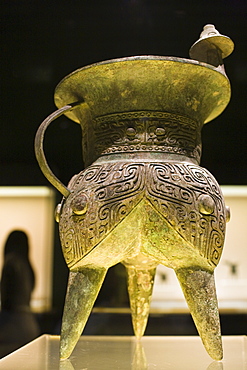
Bronze wine vessel in the shape of an animal mask, on display in glass case at the Shanghai Museum, China

The gardens of the Musee des Beaux Arts (Museum of Fine Arts) in Tours, Indre-et-Loire, France, Europe
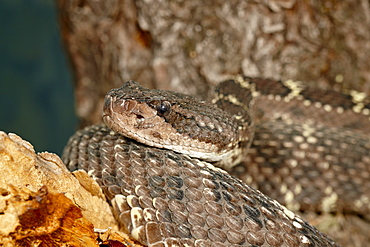
Arizona black rattlesnake (Crotalus cerberus) in captivity, Arizona Sonora Desert Museum, Tucson, Arizona, United States of America, North America
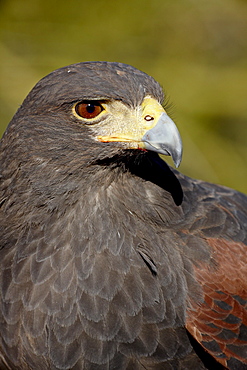
Harris's hawk (Parabuteo unicinctus) in captivity, Arizona Sonora Desert Museum, Tucson, Arizona, United States of America, North America
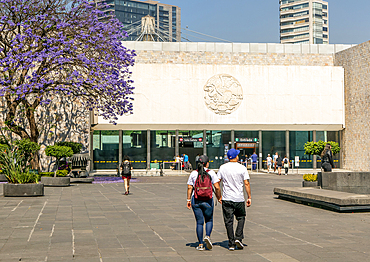
Exterior of the National Anthropology Museum, Museo Nacional de Antropología, Mexico City, Mexico, North America
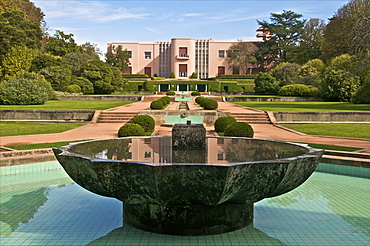
Fountains and basins in the gardens of Serralves Foundation Museum of Modern Art, Porto, Portugal, Europe
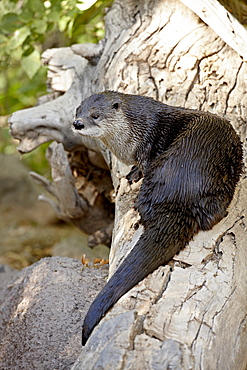
River otter (Lutra canadensis) in captivity, Arizona Sonora Desert Museum, Tucson, Arizona, United States of America. North America
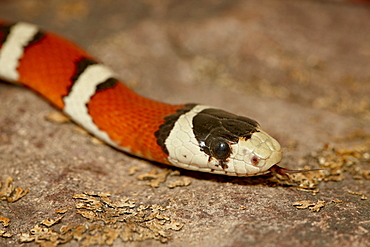
Arizona mountain kingsnake (Lampropeltis pyromelana) in captivity, Arizona Sonora Desert Museum, Tucson, Arizona, United States of America, North America

Mammoth skeleton from the Pleistocene Ice Age at the Nevada State Museum, Carson City, Nevada, United States of America, North America
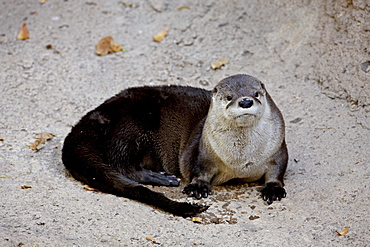
River otter (Lutra canadensis) in captivity, Arizona Sonora Desert Museum, Tucson, Arizona, United States of America. North America
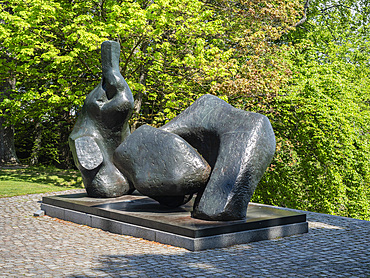
Sculpture by Henry Moore of a Two Piece Reclining Figure, Louisiana Museum of Modern Art, Humlebaek, Copenhagen, Denmark, Scandinavia, Europe
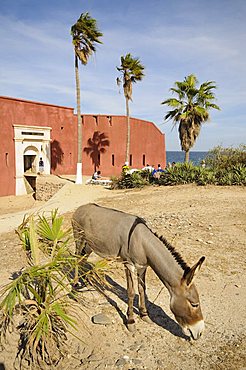
D'Estr•À?es Fort now a museum of slavery, Goree Island, UNESCO World Heritage Site, near Dakar, Senegal, West Africa, Africa
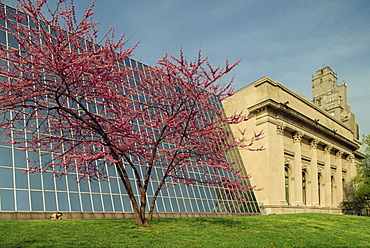
Architectural contrast at the Metropolitan Museum, Manhattan, New York City, United States of America, North America
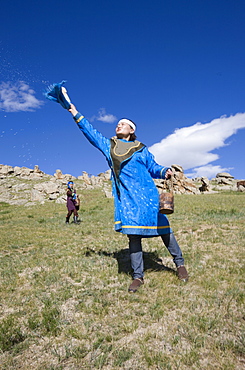
Horse milk is sprinkled into the four directions, as offerings to the nature spirits of the area, the sadak, or ?owners Of the earth.? Sometimes vodka is used instead, or as well. Milk is sacred to the mongol shamans, who believe that life on earth is descended from beings who originally came here on winged horses. Here two young female shamans make the offering in a ritual manner. Countryside mongols make this offering every morning on waking up; they usually also offer smoke, that the wind carries around the world as a prayer for harmony and prosperity. 13th century national park, tov province, mongolia. 13th century national park comprises chinggis khan's giant statue museum and live museum "town from 13 century". The ancient nomadic mini kingdom is located in the distance of 130 km east of ulaanbaatar in area of erdene zuu of tov province. It takes 2 hours driving on paved road. In the live 13th century kingdom one will see and experience the authentic lifestyle of mongols, who were lived in powerful mongol empire?s Period. This place gives you a same feeling that famous traveler marco polo and william rubruck felt once upon time
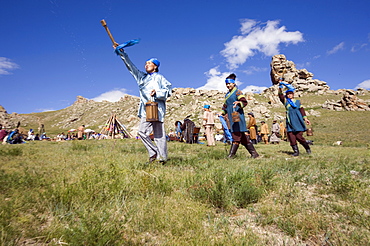
Horse milk is sprinkled into the four directions, as offerings to the nature spirits of the area, the sadak, or ?owners Of the earth.? Sometimes vodka is used instead, or as well. Milk is sacred to the mongol shamans, who believe that life on earth is descended from beings who originally came here on winged horses. Here two young female shamans make the offering in a ritual manner. Countryside mongols make this offering every morning on waking up; they usually also offer smoke, that the wind carries around the world as a prayer for harmony and prosperity. 13th century national park, tov province, mongolia. 13th century national park comprises chinggis khan's giant statue museum and live museum "town from 13 century". The ancient nomadic mini kingdom is located in the distance of 130 km east of ulaanbaatar in area of erdene zuu of tov province. It takes 2 hours driving on paved road. In the live 13th century kingdom one will see and experience the authentic lifestyle of mongols, who were lived in powerful mongol empire?s Period. This place gives you a same feeling that famous traveler marco polo and william rubruck felt once upon time
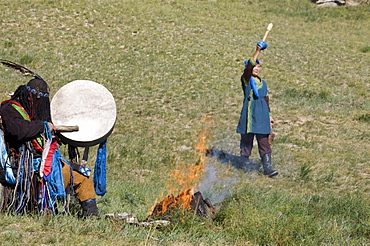
Horse milk is sprinkled into the four directions, as offerings to the nature spirits of the area, the sadak, or ?owners Of the earth.? Sometimes vodka is used instead, or as well. Milk is sacred to the mongol shamans, who believe that life on earth is descended from beings who originally came here on winged horses. Here two young female shamans make the offering in a ritual manner. Countryside mongols make this offering every morning on waking up; they usually also offer smoke, that the wind carries around the world as a prayer for harmony and prosperity. 13th century national park, tov province, mongolia. 13th century national park comprises chinggis khan's giant statue museum and live museum "town from 13 century". The ancient nomadic mini kingdom is located in the distance of 130 km east of ulaanbaatar in area of erdene zuu of tov province. It takes 2 hours driving on paved road. In the live 13th century kingdom one will see and experience the authentic lifestyle of mongols, who were lived in powerful mongol empire?s Period. This place gives you a same feeling that famous traveler marco polo and william rubruck felt once upon time
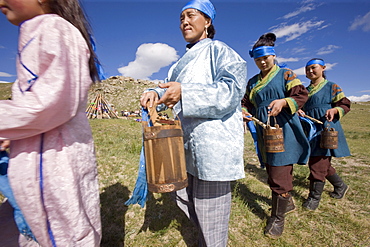
Horse milk is sprinkled into the four directions, as offerings to the nature spirits of the area, the sadak, or ?owners Of the earth.? Sometimes vodka is used instead, or as well. Milk is sacred to the mongol shamans, who believe that life on earth is descended from beings who originally came here on winged horses. Here two young female shamans make the offering in a ritual manner. Countryside mongols make this offering every morning on waking up; they usually also offer smoke, that the wind carries around the world as a prayer for harmony and prosperity. 13th century national park, tov province, mongolia. 13th century national park comprises chinggis khan's giant statue museum and live museum "town from 13 century". The ancient nomadic mini kingdom is located in the distance of 130 km east of ulaanbaatar in area of erdene zuu of tov province. It takes 2 hours driving on paved road. In the live 13th century kingdom one will see and experience the authentic lifestyle of mongols, who were lived in powerful mongol empire?s Period. This place gives you a same feeling that famous traveler marco polo and william rubruck felt once upon time
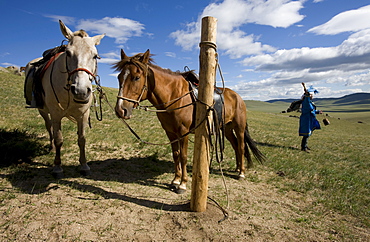
Horse milk is sprinkled into the four directions, as offerings to the nature spirits of the area, the sadak, or ?owners Of the earth.? Sometimes vodka is used instead, or as well. Milk is sacred to the mongol shamans, who believe that life on earth is descended from beings who originally came here on winged horses. Here two young female shamans make the offering in a ritual manner. Countryside mongols make this offering every morning on waking up; they usually also offer smoke, that the wind carries around the world as a prayer for harmony and prosperity. 13th century national park, tov province, mongolia. 13th century national park comprises chinggis khan's giant statue museum and live museum "town from 13 century". The ancient nomadic mini kingdom is located in the distance of 130 km east of ulaanbaatar in area of erdene zuu of tov province. It takes 2 hours driving on paved road. In the live 13th century kingdom one will see and experience the authentic lifestyle of mongols, who were lived in powerful mongol empire?s Period. This place gives you a same feeling that famous traveler marco polo and william rubruck felt once upon time
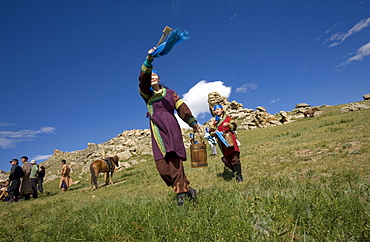
Horse milk is sprinkled into the four directions, as offerings to the nature spirits of the area, the sadak, or ?owners Of the earth.? Sometimes vodka is used instead, or as well. Milk is sacred to the mongol shamans, who believe that life on earth is descended from beings who originally came here on winged horses. Here two young female shamans make the offering in a ritual manner. Countryside mongols make this offering every morning on waking up; they usually also offer smoke, that the wind carries around the world as a prayer for harmony and prosperity. 13th century national park, tov province, mongolia. 13th century national park comprises chinggis khan's giant statue museum and live museum "town from 13 century". The ancient nomadic mini kingdom is located in the distance of 130 km east of ulaanbaatar in area of erdene zuu of tov province. It takes 2 hours driving on paved road. In the live 13th century kingdom one will see and experience the authentic lifestyle of mongols, who were lived in powerful mongol empire?s Period. This place gives you a same feeling that famous traveler marco polo and william rubruck felt once upon time

De Young Museum, architects Herzog and DeMeuron, San Francisco, California, United States of America, North America
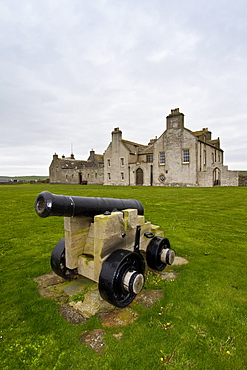
Skaill House, a merchants house and museum near Skara Brae, a Neolithic village constructed in 3,100 BC, Orkney Islands, Scotland
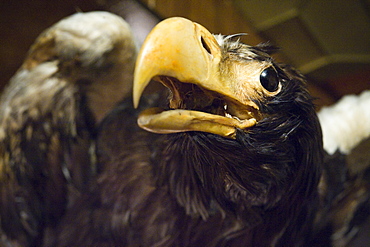
Regional Museum, Stuffed Eagle, Steller's Sea Eagle (Haliaeetus pelagicus), City of Petropavalovsk, Kamchatka, Russia, Asia
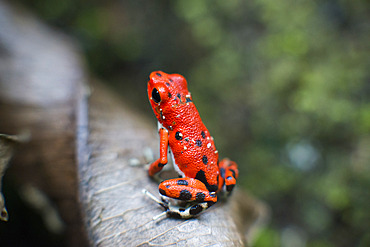
Strawberry Poison Frog (Dendrobates pumilio), adult, Bastimentos National Park, Bocas del Toro, Panama. The strawberry poison frog or strawberry poison-dart frog (Oophaga pumilio or Dendrobates pumilio) is a species of small amphibian poison dart frog found in Central America. It is common throughout its range, which extends from eastern central Nicaragua through Costa Rica and northwestern Panama. The species is often found in humid lowlands and premontane forest, but large populations are also found in disturbed areas such as plantations. The strawberry poison frog is perhaps most famous for its widespread variation in coloration, comprising approximately 15���30 color morphs, most of which are presumed to be true-breeding. O. pumilio, while not the most poisonous of the dendrobatids, is the most toxic member of its genus. The species is most diverse in Panama with varieties in vivid shades of all red, orange, blue, yellow or green, green and yellow, white with red, orange or black and spotted varieties. The most colorful mix is found in Isla Bastimentos Marine National Park though not all in one place. Colors vary by location. A beach on the north side of the island is named after the species. Two of Southern Explorations' Panama tours visit red frog habitat. Both the eight-day Panama Adventure trip and eleven-day Panama Highlights trip spend time in Isla Bastimentos Marine National Park and the former also goes to Red Frog Beach.
The red frog is not as poisonous as some of its cousins and is not a threat to humans. It subsists on a diet of ants that dine on poisonous plants, providing the red frog its protective skin toxin. Males attract females with a loud quick chirp. To hear the distinctive sound before you depart on your Panama tours, go to the University of Michigan Museum's biodiversity website (www.animaldiversity.ummz.umich.edu.) After birth, the tadpoles climb aboard the mother who deposits them in different protected areas where she retu
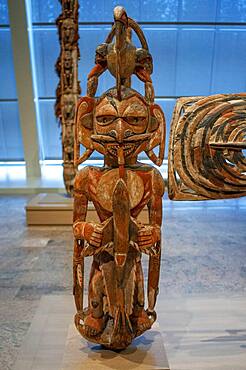
New Ireland Malagan funerary statue in at the Metropolitan Museum of Art museum, New York, USA. New Ireland is part of the Bismarck Archipelago, situated north of New Guinea, and has an estimated population of 100,000. The Dutch first encountered the island in 1616, and today New Ireland is a province of Papua New Guinea. Nineteen different languages are spoken on the island, and it is divided by a chain of mountains into three distinct regions: northern, central, and southeastern. The art of New Ireland traditionally centered on mortuary ceremonies and feasts to honor the dead. In northern New Ireland, the name given to these elaborate ceremonies is malagan, which is also the term used for the carved and painted sculptures associated with the ceremonies.

